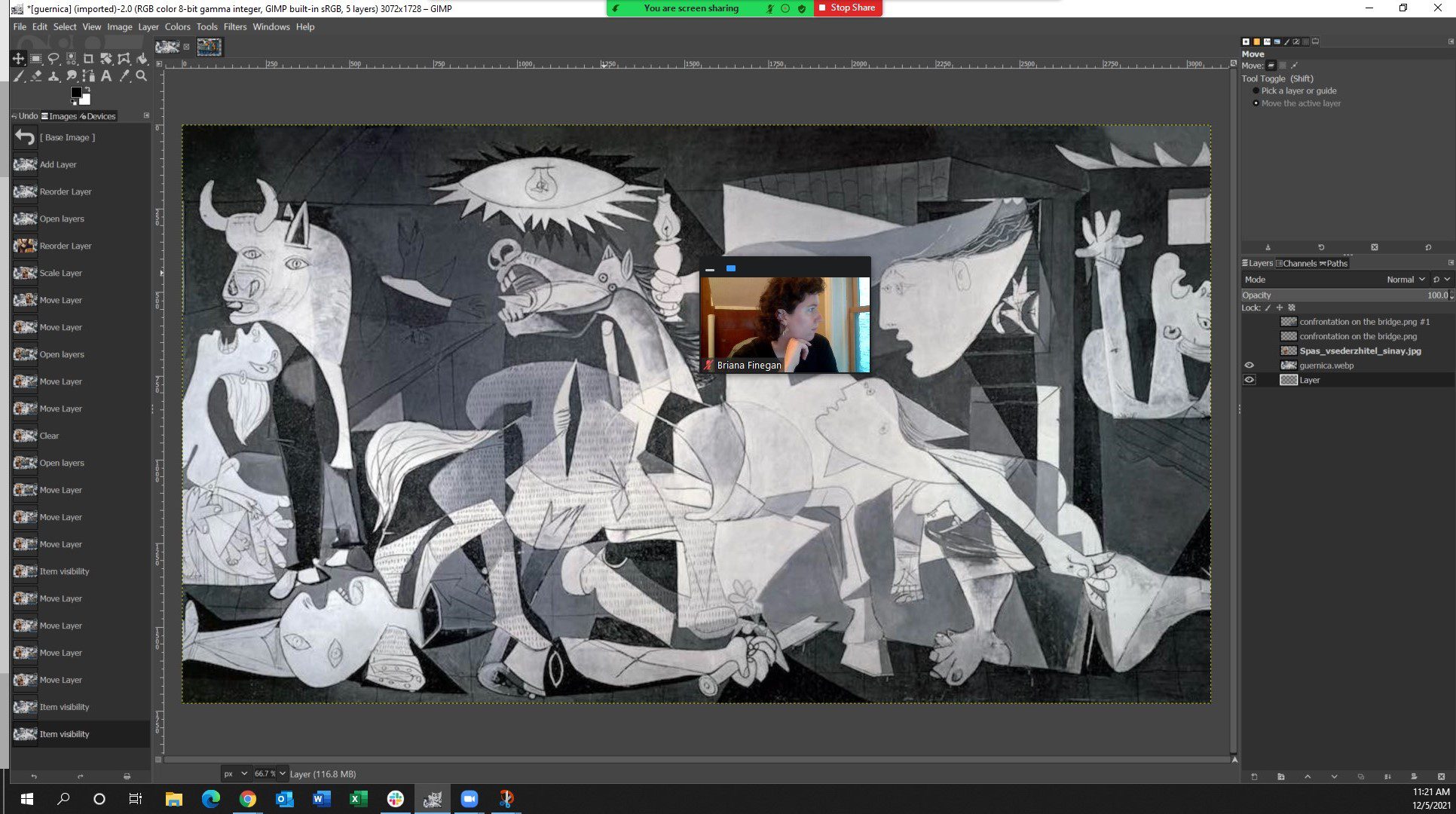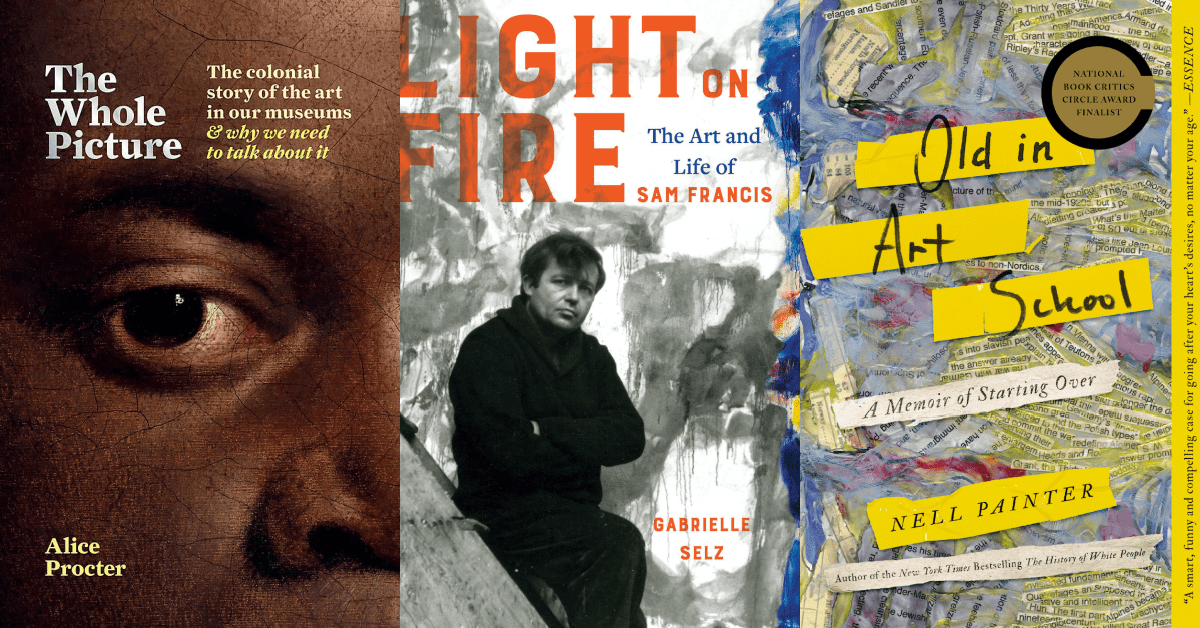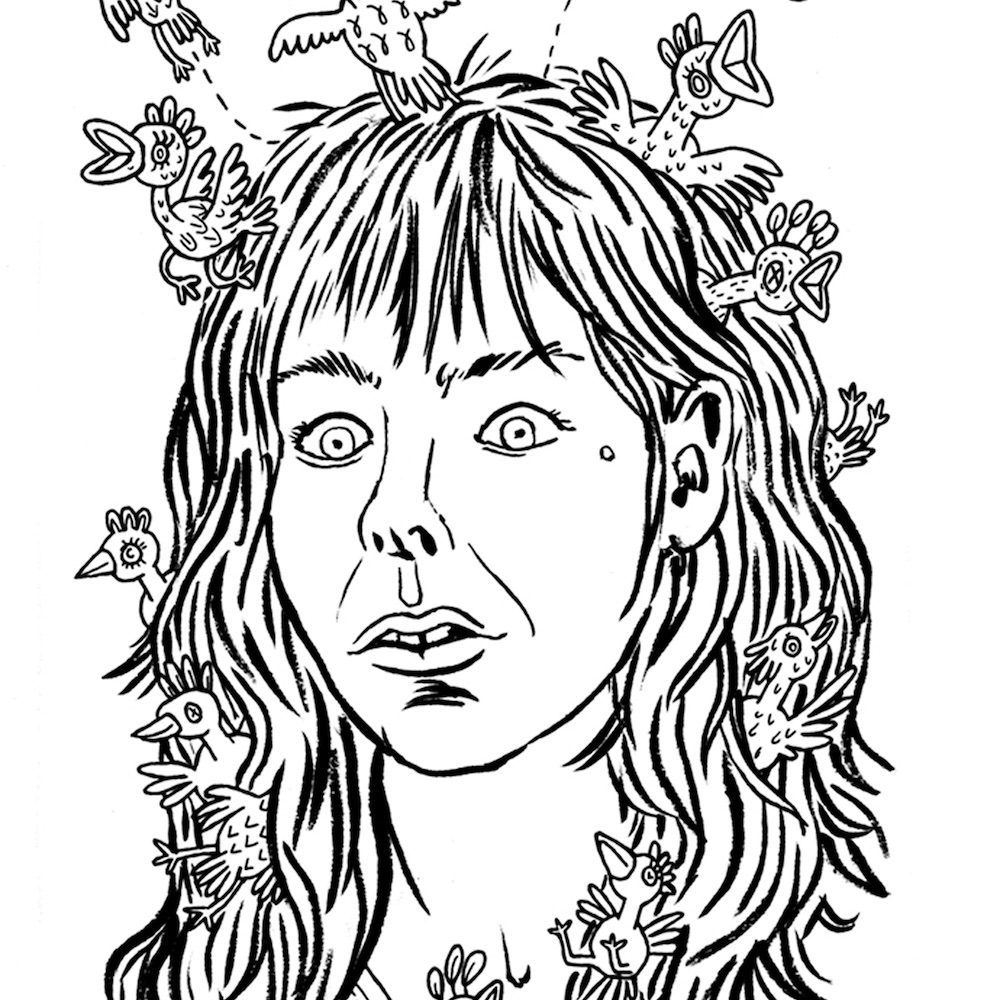 With today’s opening of the Armory Show in New York, and with the various art fairs concurrently being presented such as the Whitney Biennial and Armory Arts Week, the city is paying homage in all its corners to persons who make art and make it well. In response, we’ll be paying particular attention to one location in the city that has for over a hundred years served as a center of artistic and bohemian activity—the Chelsea Hotel—and the various artists who took up residence there. “Artistic and bohemian activity sounds vague,” you say? It does. The definition of “artistic and bohemian activity” is as mutable as the English language itself. But we can take it on a case-by-case basis. Sid Vicious played his bass guitar in his room probably: artistic. Possibly bohemian depending on whether or not you consider the Sex Pistols a boy band. Sid Vicious maybe killed his girlfriend there: bohemian.
With today’s opening of the Armory Show in New York, and with the various art fairs concurrently being presented such as the Whitney Biennial and Armory Arts Week, the city is paying homage in all its corners to persons who make art and make it well. In response, we’ll be paying particular attention to one location in the city that has for over a hundred years served as a center of artistic and bohemian activity—the Chelsea Hotel—and the various artists who took up residence there. “Artistic and bohemian activity sounds vague,” you say? It does. The definition of “artistic and bohemian activity” is as mutable as the English language itself. But we can take it on a case-by-case basis. Sid Vicious played his bass guitar in his room probably: artistic. Possibly bohemian depending on whether or not you consider the Sex Pistols a boy band. Sid Vicious maybe killed his girlfriend there: bohemian.  Dylan Thomas died of alcohol poisoning there: bohemian. Before that though, the Welsh man wrote plays and poems, not earthshatteringly unconventional: artistic. Patti Smith wore ties and pants: bohemian. She sang in her own way and it sounded kind of strange: bohemian, artistic. Allen Ginsberg: Bohemian, artistic, etc. etc. But they all were kind of gypsy-like living in that big old hotel together bumping into each other in the halls. By virtue of that choice alone they render themselves default bohemians.
Dylan Thomas died of alcohol poisoning there: bohemian. Before that though, the Welsh man wrote plays and poems, not earthshatteringly unconventional: artistic. Patti Smith wore ties and pants: bohemian. She sang in her own way and it sounded kind of strange: bohemian, artistic. Allen Ginsberg: Bohemian, artistic, etc. etc. But they all were kind of gypsy-like living in that big old hotel together bumping into each other in the halls. By virtue of that choice alone they render themselves default bohemians.
Some facts. The Chelsea was built in 1883 and was the tallest building in New York until 1899. It was the first building in New York listed as a cultural preservation site and an historic building of note. While at first it was a private apartment cooperative, it was later turned into a hotel. So it’s no surprise that people still like to live there, especially writers and artists who hate being alone all the time. We begin our series with one of the most adored and chastised of resident bohemians, Warhol Factory acolyte and firestarter Edie Sedgwick by Caitlin Colford. Enjoy. Rozalia Jovanovic

THE FIRESTARTER
Forty years after her overdose at 28, Edie Sedgwick, socialite and Warhol muse, continues to inspire rumors about her tumultuous New York lifestyle. But one truth is that Sedgwick remains unparalleled in her skills at setting rooms on fire—most notably, those of the Chelsea Hotel. In 1965, the year he met Sedgwick, Andy Warhol took her to Room 442 at the Chelsea Hotel to film The Chelsea Girls. The avant-garde short was later torn apart due to a falling out between Warhol and Sedgwick, and Sedgwick demanded her part be edited out. She was replaced by Nico, and the excised footage would later be used for the short film Afternoon.
Sedgwick’s first fire happened in her own apartment, when her drug habit was in full force. After doing a speedball—a shot of heroine in one arm, amphetamine in the other— a cigarette dropped from her mouth and onto her bed setting her apartment ablaze. The event was glamorized, the designer Betsy Johnson even laying small claim to the Sedgwick mystique, “When Edie set her apartment on fire, she was in one of my dresses.”
 With her apartment and her relationship with Warhol in ashes, Sedgwick took up residence at the Chelsea Hotel where she would continue to have fun with fire (See Sedgwick sporting burn wounds, right). The antics of the heiress–who is descended from a long line of notable Americans dating back to 1635, and who claimed in the film Poor Little Rich Girl to have spent her inheritance in six months–infuriated the hotel staff. She was placed in Room 105, directly above the lobby so staff could keep close watch on her. Room 105, incidentally, was down the hall from the room where, ten years later, Sid Vicious would allegedly murder his girlfriend Nancy Spungen.
With her apartment and her relationship with Warhol in ashes, Sedgwick took up residence at the Chelsea Hotel where she would continue to have fun with fire (See Sedgwick sporting burn wounds, right). The antics of the heiress–who is descended from a long line of notable Americans dating back to 1635, and who claimed in the film Poor Little Rich Girl to have spent her inheritance in six months–infuriated the hotel staff. She was placed in Room 105, directly above the lobby so staff could keep close watch on her. Room 105, incidentally, was down the hall from the room where, ten years later, Sid Vicious would allegedly murder his girlfriend Nancy Spungen.
Making fewer trips to the factory and residing in the Chelsea Hotel, Sedgwick was introduced to folk singer Bob Dylan. Conflicting reports make the definition of their relationship unclear. Some state Sedgwick was obsessed with Dylan and their relationship was nothing but an fabrication of her delusional mind, while others, including her brother, claim Dylan and Sedgwick were indeed an item on the sly. After a motorcycle accident on Dylan’s bike it was discovered Sedgwick was pregnant with his baby, which would be aborted due to her addiction and anorexia. Dylan denies most accounts of their relationship and was enraged by its depiction in the 2006 film Factory Girl. His famous songs “Just Like a Woman” and “Leopard Skin Pillbox Hat” are said to be inspired by “The It Girl.”
The rock group The Kills rent the room out for inspiration drawn from Sedgwick’s aura. Guitarist and singer Hotel said, “When I first stayed [at the Chelsea], I filmed every corridor because I had to capture everything…. The legends and the mysteries and the over-romanticism…. I want to live up to things like that.”
1966 marked Sedgwick’s departure from the Chelsea’s artistic mecca. She had a mental breakdown and moved back to California to be with her family. In California, she was hospitalized in several mental institutions and underwent drug and psychological rehabilitation, some of which is documented with eerie candor in the film Ciao Manhattan. Hotel staff cheered the departure of the blazing trust-fund baby who left in a wake of unpaid bills and burnt beds. Unable to defeat her addiction, Sedgwick died in 1971 of an overdose—”probable acute barbiturate intoxication,” according to her death certificate. Regardless of whether or not her death was intentional, Edie Sedgwick’s legacy has taken up permanent residence in Room 105 of the Chelsea Hotel.




